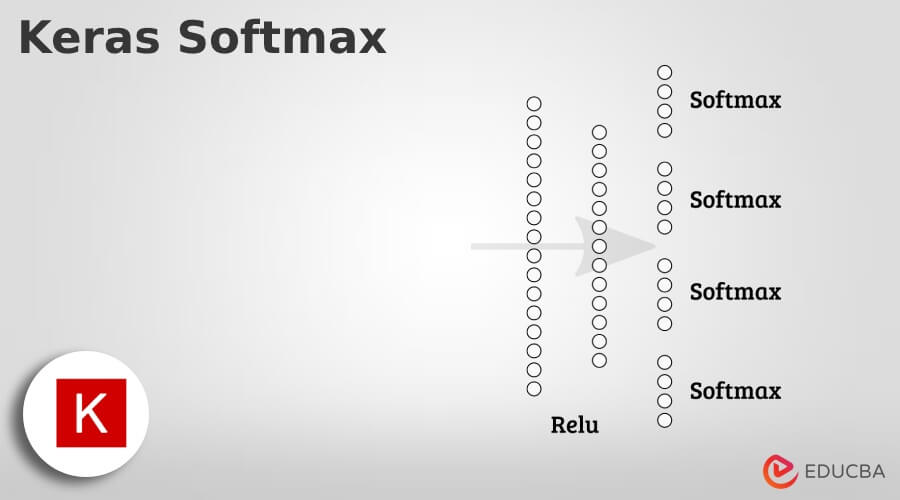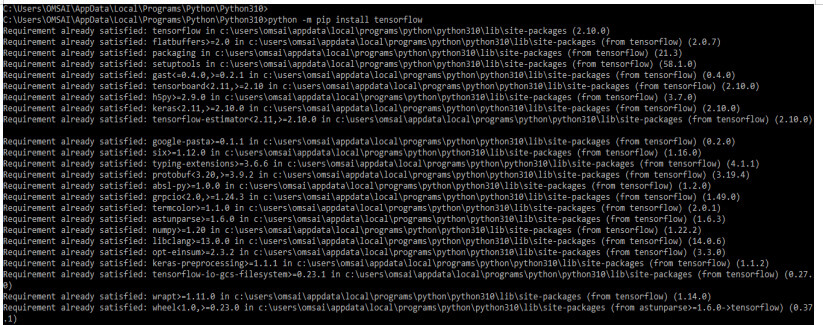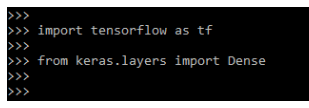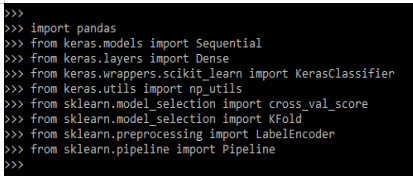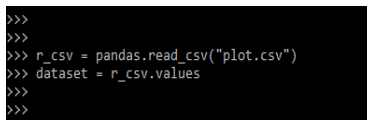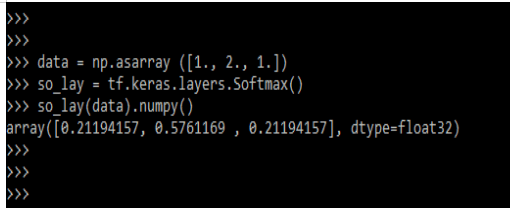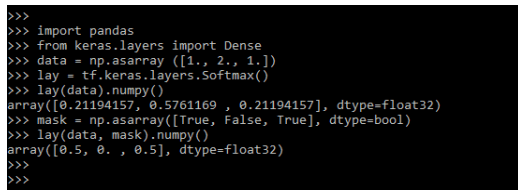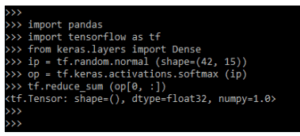Updated March 16, 2023
Introduction to Keras Softmax
Keras softmax is inherited from the layer and it is defined in the module of tensorflow. The elements in the output vector are in the range of 0 and 1 and it will sum to 1. Every vector is handled independently. The axis argument will be set which axis input function will be applied. It is used in the activation of the last layer for the classification network.
Key Takeaways
- The keras softmax function is used in the layer of the classification network. We are using the softmax class with the softmax layer into the keras.
- We are using call arguments as a mask and input while using it. It will be returning softmax output as a shape.
What is Keras Softmax?
The result of keras softmax is interpreted as a distribution of probability. The softmax vector is computed as exp(x). The input values as computed in the resulting distribution of probability. Deep learning is a major subfield in the framework of machine learning. The same has been supported by multiple libraries like tensor flow. Keras is the most important and easy-to-use python library which was built onto the top of learning libraries. Keras is offering the collection dataset which was used to train and test the model.
The MNIST dataset of fashion is a part of the dataset which was present in dataset APIs of keras. This dataset will contain multiple images. A config layer is a python dictionary that contains the configuration layer. We can reinstitute the configuration. The config layer does not include the information of connectivity or not the name of the layer class. This is handled by using the network.
How to Use Keras Softmax?
For using the same we need to install keras and tensorflow.
1. In the first step we are installing the tensorflow module in our system. We are installing this module by using the import keyword as follows.
Code:
python -m pip install tensorflowOutput:
2. After installing the tensorflow module in this step we are installing the keras module.
Code:
python -m pip install kerasOutput:
3. After installing the module now in this step, we are importing both modules by using the import keyword.
Code:
import tensorflow as tf
from keras.layers import DenseOutput:
4. After checking the installation now in this step we are importing the module which was required into the keras softmax as follows.
Code:
import pandas
from keras.models import Sequential
………….
from sklearn.pipeline import PipelineOutput:
5. After importing the module now in this step we are loading the data frame as follows. We are reading the csv file by using panda’s module.
Code:
r_csv = pandas.read_csv ("plot.csv")
dataset = r_csv.valuesOutput:
6. After loading the data frame now in this step we are defining the function.
Code:
tf.keras.layers.Softmax (axis=-2 * 3.0)Output:
7. After defining the softmax function now in this step we are using the softmax function without using any parameter as follows. We are defining those functions by using an array.
Code:
data = np.asarray ([1., 2., 1.])
so_lay = tf.keras.layers.Softmax()
so_lay(data).numpy()Output:
8. We are using so_lay variable to define the softmax function. We are defining the true and false values.
Code:
layer = np.asarray ([False, True, True])
so_lay = tf.keras.layers.Softmax ()
so_lay (data).numpy ()Output:
Keras Softmax Layer
The function of keras softmax is commonly used in the last layer of the network of classification. It will transform an unconstrained vector of dimensionality from the distribution of probability. The input to the softmax contains the one dimension which was added to the dimension of the batch.
Softmax will convert values of the vector of a probability distribution. The output vector elements will range from 0 to, 1 and its sum is 1. Each vector is handled independently and a set of axis arguments to the input function is applied by using the softmax layer. The below example shows the keras softmax layer as follows.
Code:
tf.keras.layers.Softmax (axis = -3 * 3.0)Output:
Softmax is used as an activation layer for the network of classification. Each vector softmax is computed by using exp(x). The below example shows how the softmax layer is working.
Code:
data = np.asarray ([1., 2., 1.])
lay = tf.keras.layers.Softmax()
lay(data).numpy()Output:
In the below example, we are defining the layer by using numpy as follows. We are using a lay object to define the layer as follows.
Code:
lay(data).numpy()Output:
It will be thought of as a version of softened. Basically, softmax is a mathematical function which was converting number vectors into the probabilities vector. The network is configured by using output as an N value. The class into the task of classification within the softmax function is used for normalizing the output.
Examples of Keras Softmax
Given below are the examples mentioned:
Example #1
In the below example, we are importing the pandas and dense model as follows. We are using the softmax function.
Code:
import pandas
from keras.layers import Dense
data = np.asarray ([1., 2., 1.])
lay = tf.keras.layers.Softmax()
lay(data).numpy()
mask = np.asarray ()
lay(data, mask).numpy()Output:
Example #2
In the below example we are using the shape arguments. We are importing the tensorflow, pandas, and dense module.
Code:
import pandas
import tensorflow as tf
from keras.layers import Dense
ip = tf.random.normal (shape=(42, 15))
op = tf.keras.activations.softmax (ip)
tf.reduce_sum (op[0, :])Output:
FAQ
Given below are the FAQs mentioned:
Q1. What is the use of keras softmax?
Answer: It is used in the layer of activation through the argument of activation which was supported by layers that are forwarded.
Q2. Which modules do we need to import at the time of using keras softmax?
Answer: We need to import the keras and tensorflow module at the time of using keras softmax. Also, we need to import a dense layer for the keras softmax layer.
Q3. Which arguments we are using while using keras softmax?
Answer: We are using x as an input tensor and the axis as an integer argument while using it.
Conclusion
The keras softmax elements into the output vector are in the range of 0 and 1 and it will sum to 1. Every vector is handled independently. Deep learning is a major subfield in the framework of machine learning. The same has been supported by multiple libraries like tensor flow.
Recommended Articles
This is a guide to Keras Softmax. Here we discuss the introduction, and how to use keras softmax? layer and examples. You may also have a look at the following articles to learn more –
